What Are Fungus Gnats?
If you’re like me, nothing disrupts the joy of indoor gardening quite like a swarm of pesky little flies hovering around your beloved plants. These tiny nuisances, often confused with fruit flies, are actually fungus gnats, a common problem for many indoor gardeners. I remember the first time I spotted gnats in plants — those tiny, black, mosquito-like insects were circling my houseplants, and I knew I had to take action. That’s one of the reasons why I started indoor gardening in the first place, I thought it had no bugs!
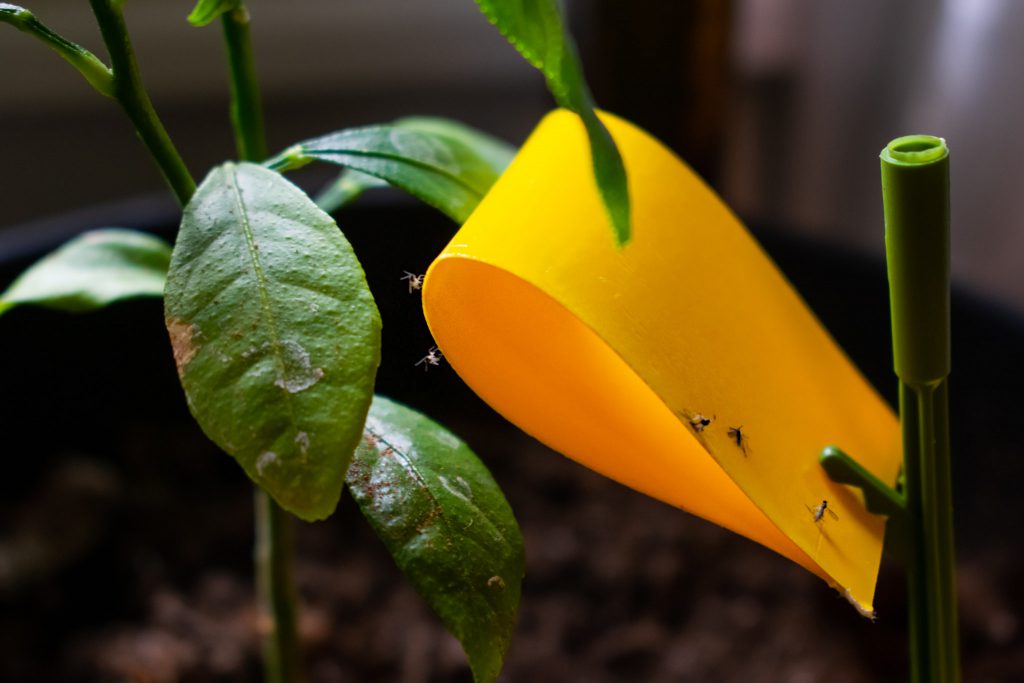
Fungus gnats are small flying insects, about 1/8 inch in length, with delicate wings and long legs. They’re drawn to the damp soil in potted plants, where they lay their eggs. While the adult gnats don’t cause much harm to your plants, their larvae, which live in the soil, can be a real threat. These larvae feed on organic matter, fungi, and sometimes plant roots, which can lead to poor plant health.
Understanding what these pests are and why they appear is the first step in effectively dealing with them. So, if you’ve noticed gnats buzzing around your indoor garden, don’t worry—you’re not alone, and I’ve got some tried-and-true tips to help you get rid of them.
How to Identify a Fungus Gnat In Plant Infestation
The first time I encountered a fungus gnat infestation, I didn’t even realize what I was dealing with. It wasn’t until I saw those little gnats in plants flying around my houseplants that I knew something was off. If you’ve noticed tiny flies hovering near your plants or crawling on the soil’s surface, chances are you’re dealing with fungus gnats.
Identifying a fungus gnat infestation isn’t too difficult once you know what to look for. The adult gnats are easy to spot as they fly around your plants, especially when you water them or disturb the soil. They’re small and black, often mistaken for fruit flies, but their presence around plant pots is a dead giveaway.
The real troublemakers, however, are the larvae, which are harder to see. They live in the top layer of the soil, feeding on decaying organic matter and sometimes on the fine roots of your plants. If you notice your plants looking less healthy, with yellowing leaves or stunted growth, it could be a sign that the larvae are causing damage.
To confirm an infestation, you can gently dig into the top inch of soil with a spoon or your finger and look for tiny, white, worm-like larvae. Spotting these larvae is a clear indicator that your gnats in plants problem is more than just a few pesky flies.
Understanding the Fungus Gnat Life Cycle
To truly get rid of fungus gnats in plants, it’s essential to understand their life cycle. These pesky insects go through four stages: egg, larva, pupa, and adult. Knowing how long each stage lasts can help you target them effectively at different points in their life cycle.
Fungus gnats begin their life as tiny eggs, laid by adult females in the moist soil of your potted plants. Each female can lay up to 300 eggs in her short lifetime, which hatch into larvae in just a few days. These larvae, which resemble tiny, translucent worms, are the most destructive stage, feeding on organic material in the soil and sometimes the tender roots of your plants.
After about two weeks, the larvae pupate, transforming into adults within a week. The adult gnats emerge from the soil to mate, and the cycle starts all over again. The entire life cycle from egg to adult can take anywhere from three to four weeks, depending on environmental conditions like temperature and soil moisture.
By understanding this life cycle, you can implement strategies that target each stage, particularly the larvae, which are responsible for most of the damage. Breaking the cycle by addressing gnats in plants at multiple stages is key to effectively controlling and eliminating an infestation.
Immediate Actions: Quick Fixes to Control Fungus Gnats In Plants
When I first discovered fungus gnats in plants, I panicked a bit and immediately started looking for quick fixes. If you’ve just noticed these annoying little flies, don’t worry—there are several immediate actions you can take to get the situation under control before it gets worse.
One of the first things I did was set up sticky traps near my plants. These traps are an easy and non-toxic way to catch adult gnats. Just place a few yellow sticky traps close to the soil surface, and you’ll soon see the gnats getting stuck. It’s satisfying to see how many you can catch, and it helps reduce the number of adults laying eggs.
If you’re dealing with a more serious infestation, consider making a simple vinegar trap. Mix a few tablespoons of apple cider vinegar with a few drops of dish soap in a shallow dish and place it near your affected plants. The gnats are attracted to the vinegar and get trapped in the soapy liquid. It’s an easy and cheap way to reduce the number of flying gnats.
While these methods help control the adult population, they won’t address the larvae in the soil, which are the root of the problem. However, by reducing the number of adults, you can prevent them from laying more eggs, giving you time to implement longer-term solutions.
Long-Term Solutions: Eliminating Fungus Gnats at the Source
Quick fixes are great, but if you want to get rid of fungus gnats in plants for good, you’ll need to focus on long-term solutions that target the larvae in the soil. Over the years, I’ve tried several methods, and I’ve found a combination of strategies works best to eliminate these pests at the source.
One of the most effective long-term solutions is to let the soil dry out between waterings. Fungus gnats thrive in moist environments, so by allowing the top couple of inches of soil to dry out, you create less favourable conditions for them to lay their eggs and for the larvae to survive. If you’re worried about your plants getting too dry, consider bottom watering. This method involves placing the plant pot in a tray of water and letting the soil absorb moisture from the bottom up. This keeps the surface of the soil drier, which helps deter gnats.
Another strategy I’ve found helpful is adding a layer of sand or diatomaceous earth to the surface of the soil. These materials create a barrier that’s difficult for the adult gnats to penetrate, making it harder for them to lay eggs. Diatomaceous earth, in particular, has the added benefit of being abrasive to larvae, which can help reduce their population. To avoid using chemicals, I will also sprinkle cinnamon onto the affected plant’s soil, as cinnamon will reduce the larvae’s food source. Taking away their food and drying out the soil seem to do the trick for me!
Finally, consider repotting your plants with fresh soil. If the infestation is severe, sometimes the best course of action is to remove the old, infested soil entirely and replace it with new, well-draining soil. Be sure to clean the pot thoroughly before repotting to remove any lingering larvae or eggs.
By focusing on these long-term solutions, you’ll not only eliminate the current infestation of gnats in plants but also prevent future ones from taking hold.
Preventing Future Infestations Of Fungus Gnats In Plants
Once you’ve gone through the trouble of getting rid of gnats in plants, the last thing you want is for them to come back. Preventing future infestations is all about creating an environment that’s less appealing to these pests and staying vigilant with your plant care routine.
One of the most important steps you can take is to maintain proper watering practices. Overwatering is one of the biggest contributors to fungus gnat infestations, as the larvae thrive in consistently moist soil. Make sure your plants are in well-draining pots and that you allow the soil to dry out between waterings. Using a moisture meter can help you avoid overwatering by giving you a more accurate reading of the soil’s moisture level.
Regularly inspecting your plants is another key to prevention. I’ve made it a habit to check the soil surface for signs of larvae or adult gnats whenever I water my plants. Catching an infestation early on makes it much easier to manage. You can also gently disturb the top layer of soil with a fork or chopstick to prevent the larvae from settling in.
Quarantining new plants before introducing them to your collection is another good preventive measure. New plants can easily bring gnats into your home, so keeping them isolated for a week or two allows you to monitor for any signs of pests. If you notice gnats in the new plant, you can treat it before it has a chance to spread to your other plants.
Finally, keep your indoor environment clean. Remove fallen leaves and other organic debris from the soil surface, as decaying plant material is an ideal breeding ground for gnats. Regular cleaning around your plant area can also help reduce the chances of an infestation.
By following these preventive steps, you can keep your plants healthy and gnat-free, ensuring that your indoor garden remains a source of joy rather than frustration.
Natural vs. Chemical Remedies: Weighing the Options
When it comes to dealing with gnats in plants, you have a choice between natural and chemical remedies. Both approaches have their pros and cons, and the best option often depends on your personal preferences and the severity of the infestation.
I tend to lean towards natural solutions because they’re safer for the environment, my plants, and my pets. Methods like drying out the soil, using sticky traps, and cinnamon are effective and don’t involve harsh chemicals. Plus, these natural methods are usually easy to implement and relatively inexpensive.
However, I understand that in some cases, chemical treatments may be necessary, especially if the infestation is severe and other methods haven’t worked. There are several insecticides available that are specifically designed for fungus gnats. If you decide to go this route, look for products that contain Bacillus thuringiensis israelensis (BTI), a natural bacterium that targets insect larvae. It’s a more targeted approach that’s less harmful to other beneficial insects.
The downside to chemical treatments is that they can sometimes harm your plants if not used correctly, and they might not be as safe for pets or people. Additionally, chemicals can disrupt the natural balance in your indoor garden, potentially leading to other issues down the line. I say always follow the instructions on the bottle, to make sure you are getting rid of the problem and reducing the risk for your plants.
Ultimately, the choice between natural and chemical remedies comes down to what you’re most comfortable with and what works best for your situation. I recommend starting with natural methods and turning to chemicals only if absolutely necessary.
Common Mistakes and How to Avoid Them
When I first started dealing with gnats in plants, I made a few mistakes that only prolonged the problem. Over time, I’ve learned what works and what doesn’t, and I want to share these insights to help you avoid the same pitfalls.
One common mistake is overwatering. I can’t stress enough how important it is to let the soil dry out between waterings. Fungus gnats thrive in moist environments, so keeping the top layer of soil dry is crucial in preventing and eliminating an infestation. Using a moisture meter can help you avoid overwatering by ensuring you’re not adding more moisture than necessary.
Another mistake is not addressing the larvae in the soil. While it’s tempting to focus on the adult gnats you see flying around, the real issue lies in the larvae. If you don’t take steps to kill the larvae, you’ll continue to have a gnat problem, no matter how many adults you trap. Implementing long-term solutions like adding diatomaceous earth or introducing beneficial nematodes can make a big difference.
It’s also easy to overlook the importance of cleaning up plant debris. Fallen leaves and other organic material on the soil surface provide a perfect breeding ground for gnats. Regularly removing this debris and keeping your plant area clean can go a long way in preventing infestations.
Finally, don’t forget to inspect new plants before adding them to your collection. Quarantining new plants can prevent the spread of gnats and other pests to your existing plants. I’ve learned the hard way that a little precaution can save a lot of trouble down the road.
Keeping Your Plants Gnat-Free
Dealing with gnats in plants can be frustrating, but with the right approach, you can keep your indoor garden healthy and gnat-free. The key is to stay proactive—whether it’s through regular inspections, proper watering practices, or implementing preventive measures like using a moisture meter or quarantining new plants.
I’ve found that a combination of immediate actions and long-term strategies works best for keeping fungus gnats at bay. It’s all about understanding their life cycle, targeting the larvae in the soil, and maintaining an environment that’s less appealing to these pests.
Remember, even the most seasoned plant lovers encounter issues like fungus gnats from time to time. The important thing is not to get discouraged. With consistent care and a bit of patience, you can eliminate these pesky gnats in plants and continue enjoying your indoor garden.
If you have any questions or want to share your experiences with fungus gnats, feel free to leave a comment below. I’m always happy to help fellow plant enthusiasts keep their green spaces thriving!
Discover more from Savage Gardener
Subscribe to get the latest posts sent to your email.

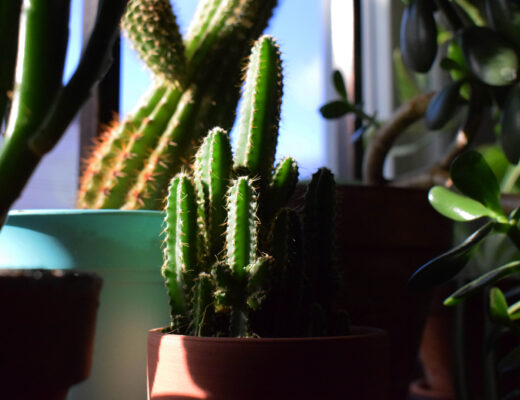
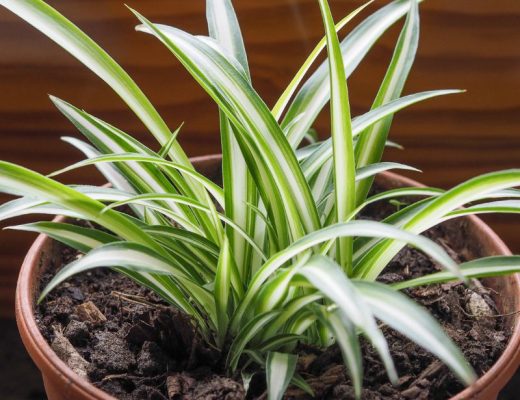
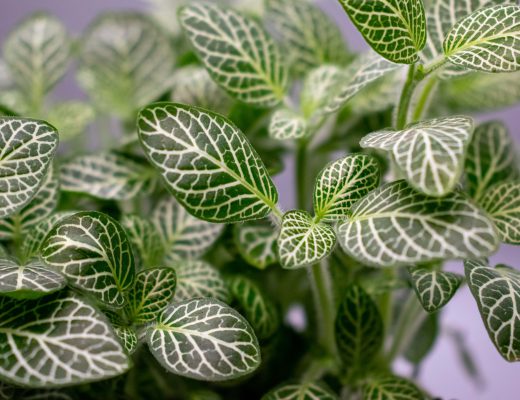
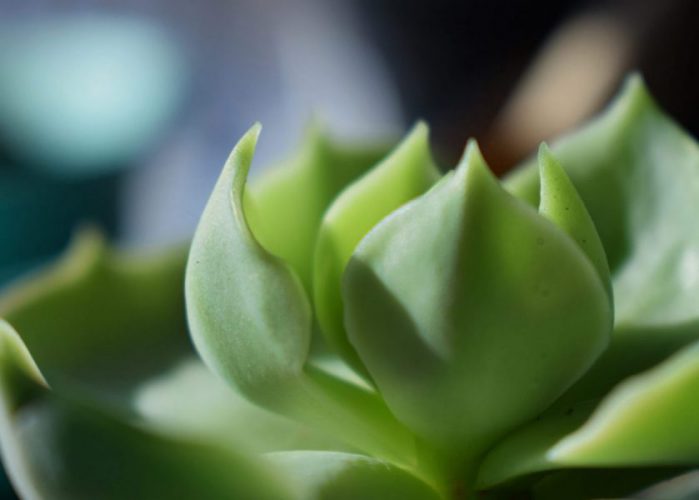
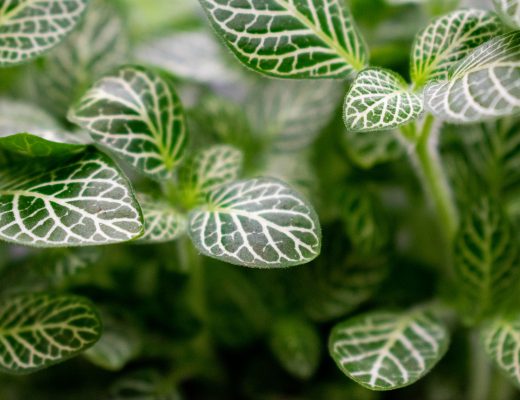
1 Comment
Dorothy
August 21, 2021 at 11:36 amGreat information! What works for me is waiting for you to visit and fix everything!